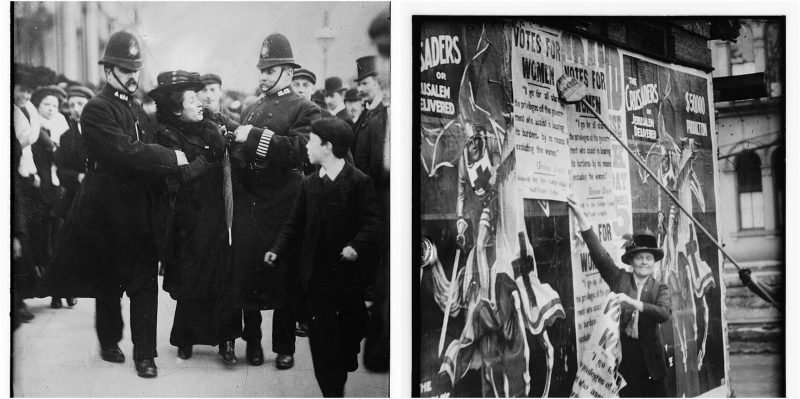In what seems to be eons ago, but really it was just under 100 years that women got the right to vote in elections just like the men did. On August 18th, 1920, the United States Constitution was ratified so the 19th Amendment would allow women the right to vote.
In the early 1900s, a women’s right to vote was merely a joke among the male population. But, a group of brave women got together and decided to make their wishes about voting rights known to all.
This group of women marched from New York to Washington in February 1913 and then on March 3rd, held a huge parade in DC the day before President Woodrow Wilson’s swearing in. Below are some of the photos of the parade in 1913, but there are also photos of suffragist Alice Paul, a member of the National American Woman Suffrage Association in preparations for the parade.
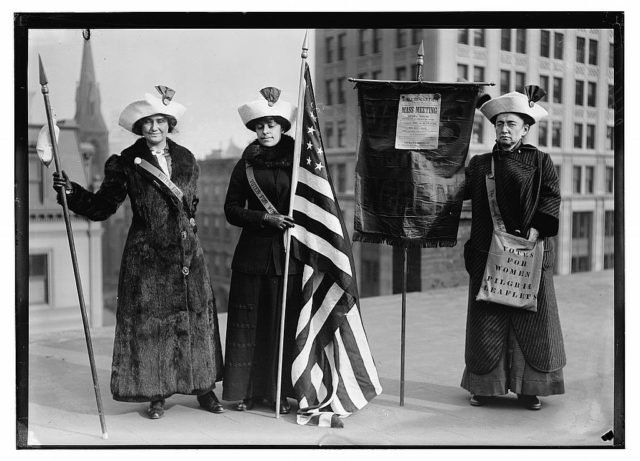
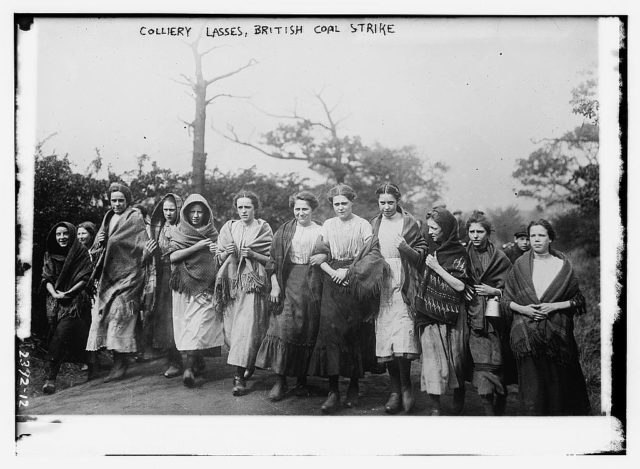
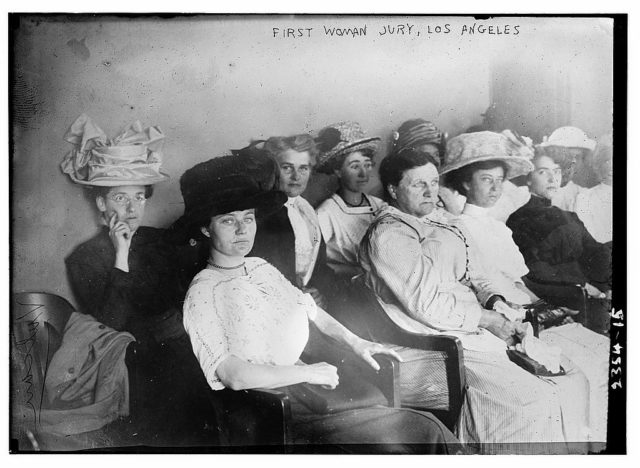
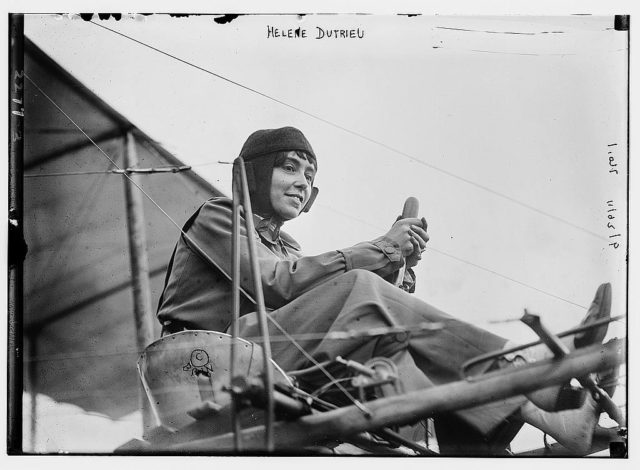
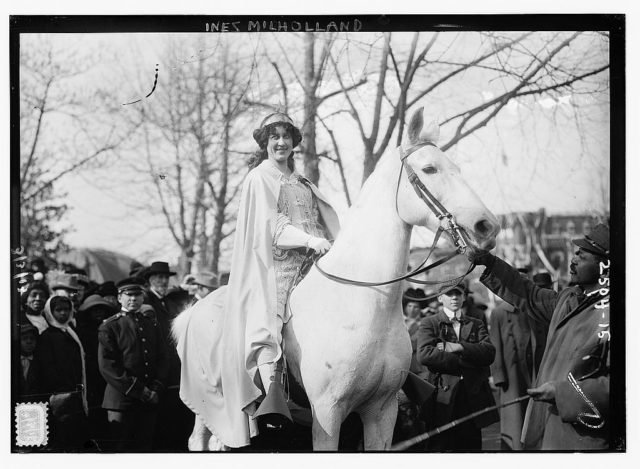
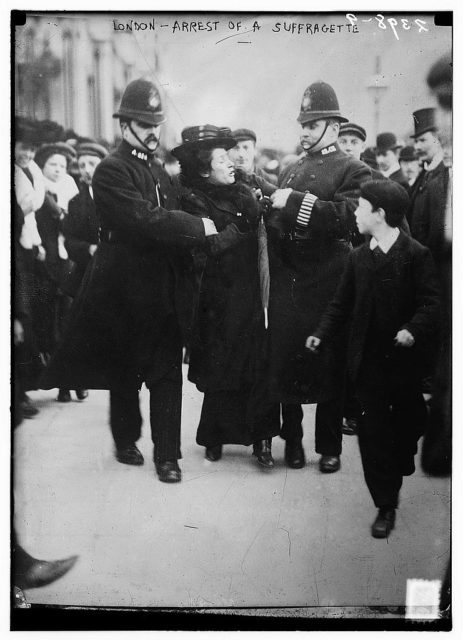
The term “suffragette” was first used as a term of derision by journalist Charles E, Hands in the London Daily Mail to describe activists in the movement for women’s suffrage members of the Women’s Social and Political Union (WSPU). But you see, the women that he was trying to demean embraced the term saying “suffraGETtes” (hardening the g) implying that not only did they want the vote, but that they were determined to GET it.
British suffragettes were mostly from middle and upper-class backgrounds, who were frustrated by their economic and social situations. They struggled for change within their society, along with advocates for women’s rights such as John Stuart Mill. Mill introduced the idea of women’s suffrage to the British electorate in 1865, on the platform he presented. More men and women joined him in the fight for the same cause.
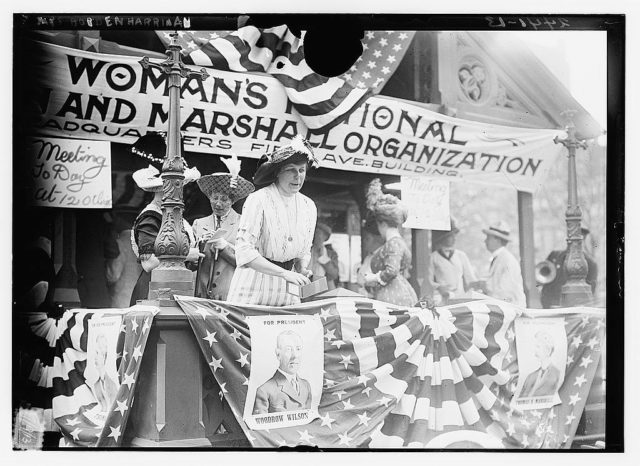
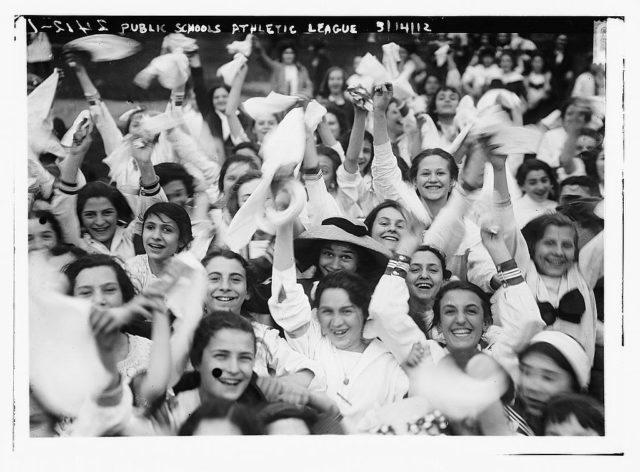
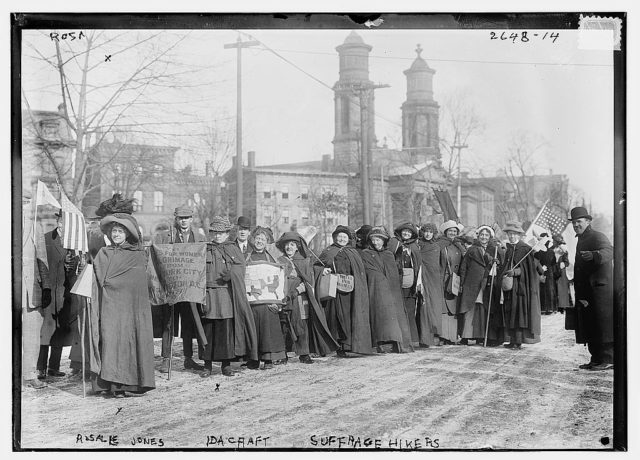
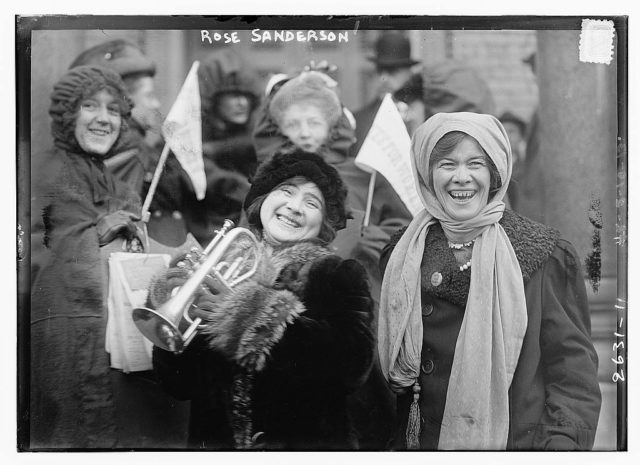
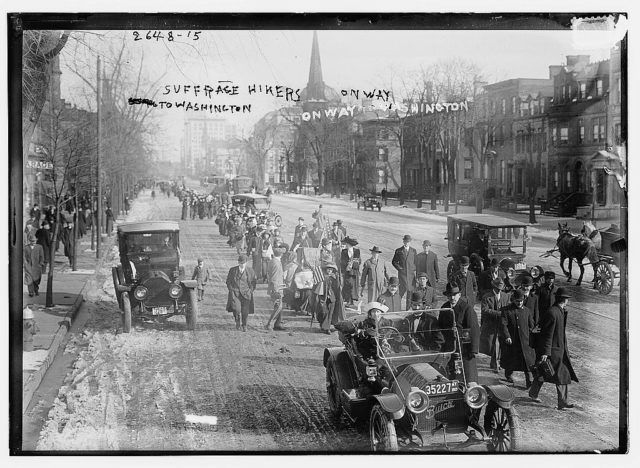
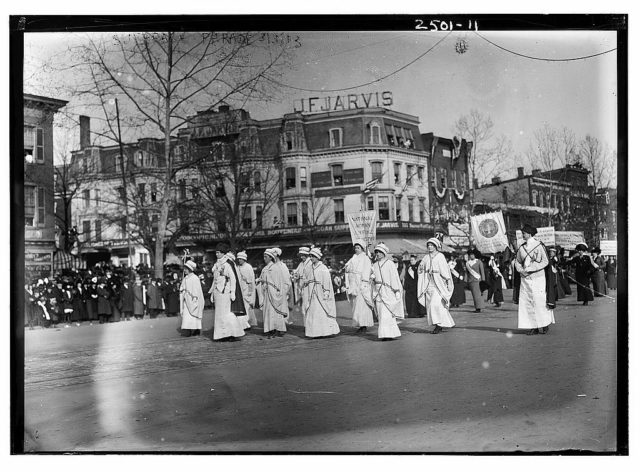
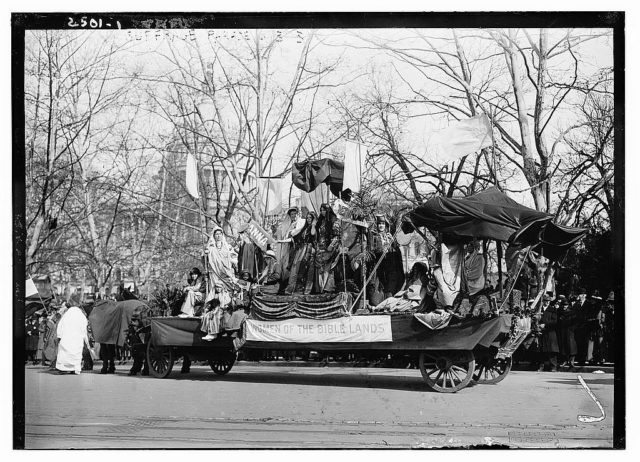
Several local suffrage societies formed the National Union of Women’s Suffrage Societies in 1897, led by Millicent Fawcett. She believed in constitutional campaigning, producing leaflets, organizing meetings and presenting petitions but all that work had little effect. Emmeline Pankhurst started a new organization called the Women’s Social and the Political Union in 1903. She was of the mind that the movement would have to be radical and militant to be effective. That was when the Daily Mail gave them the name “Suffragettes”.
Some of the radical techniques used by the suffragettes, especially hunger strikes, were learned from the Russian exiles from tsarism who escaped to England. Many participating suffragists and most historians since have stated that the actions of the militant suffragettes hurt their cause. Many opponents at the time saw the evidence that the women were far too emotional and could not think as rationally as the men. Throughout the movement, many different techniques were used to achieve their goals.
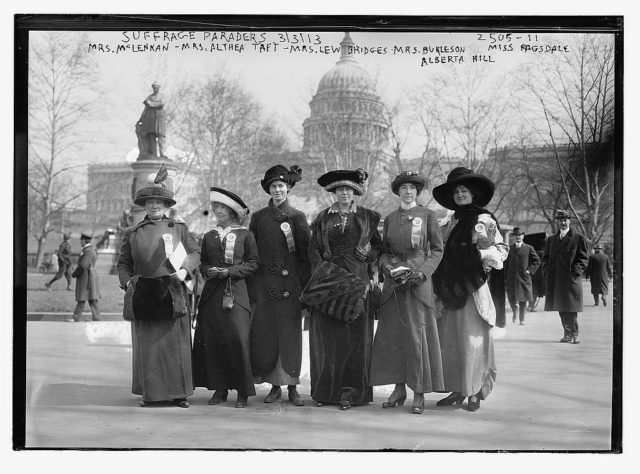
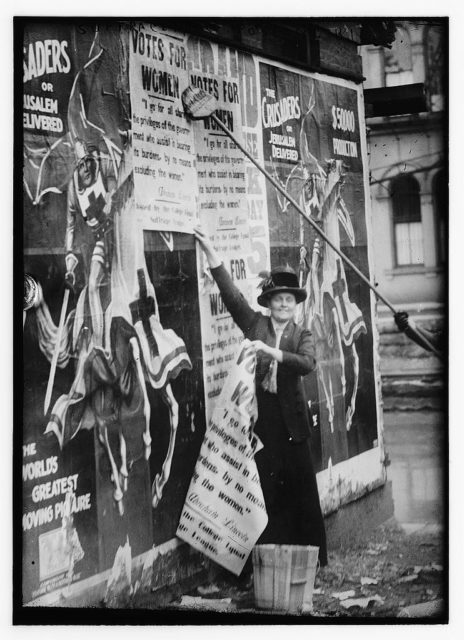
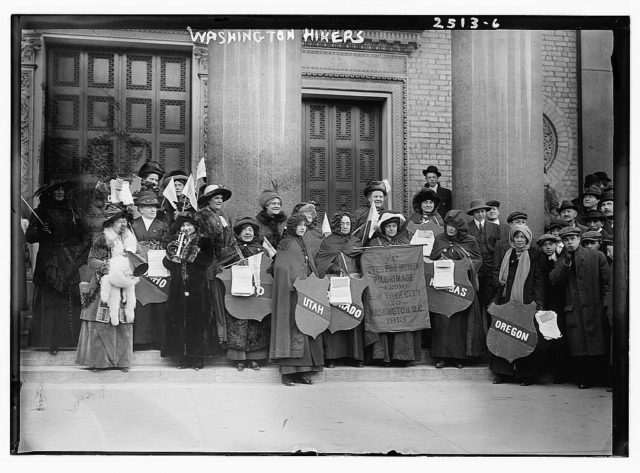
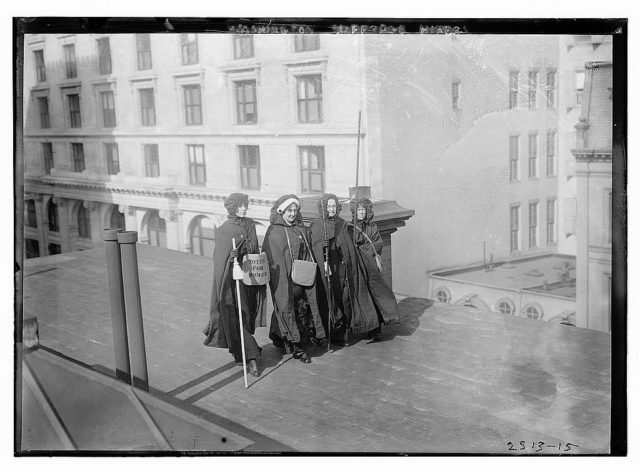
All through Britain, mail and the mailboxes that held the mail were burned and had acid poured into them, also, places that the wealthy, especially men, would amuse themselves at were burned and destroyed; such as horse racing tracks, and cricket pitches were demolished among other serious crimes.
Lillian Lenton and Olive Wharry were suffragettes that set the Tea House at Kew Gardens on fire February 1913 during a series of arson attacks that happened throughout London. Some suffragettes were also believed to have attacked the Orchard House, also at Kew Gardens.
